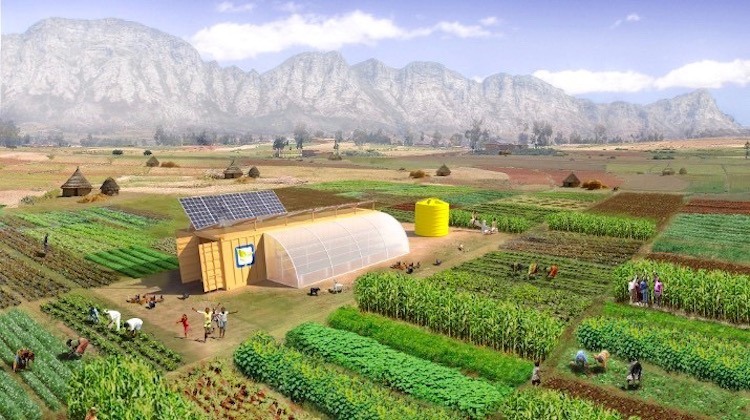Deer-Driven Container Re-Do
With Thanks to: https://www.gardenrant.com/2019/08/deer-driven-container-re-do.html

Charge: North Creek Nurseries.
Got deer? Then you relate to this duo that is before-and-after that is gloomy. I implanted the Iresine ‘Blazin’ Rose’ there earlier, with amazing benefits, but this year’s inclusion of sweet potato blossom proved to be too much temptation for our regional herd. It tried and came back for more, including the Iresine. The harm was completed in early August, with a backyard trip looming in September.
I’kindly heard neighbors monitoring their high information but ugh, I’Id rather switch than fight.
So I head to the garden centers which are left here but found none of those potentially deer-resistant annuals quite attractive. Next I headed to the perennial segment and landed a gorgeous native grass – the ‘Standing Ovation’ collection of Little Bluestem.
It’s decidedly unattractive to fleas such as those in my backyard, demands a great deal less water than annuals or perhaps most perennials, also looks great about 11 weeks of the year (until the dry blades have been cut in early spring as new leaves emerge).
But like most of plants which like it very good drainage is a must! And frankly, these pots had crap such as drainage. Sitting flat on the flagstone, and filled with the same dirt for 6 decades, how could it drain? I m lucky to have kept anything living under these conditions.
 first I read up on enhancing container drainage, which somehow led me into the two mistakes displayed here. At the top are 4 container ft, hoping to elevate the pots. They proved too tricky for me to place under heavy baskets, and transferring the pots even inches thereafter would be challenging.
first I read up on enhancing container drainage, which somehow led me into the two mistakes displayed here. At the top are 4 container ft, hoping to elevate the pots. They proved too tricky for me to place under heavy baskets, and transferring the pots even inches thereafter would be challenging.
The orange thing is the “Ups that a Daisy,”that seems like a fantastic idea as it makes a false bottom for the soil, allowing water to freely drain into the empty area under the ground, while cleansing the burden of the pot (and conserving on potting soil).
I carefully measured the width of the bud at about half of the height and then placed the order on the internet, simply to realize when they arrived that the mouth of the bud is narrower and also my new Ups A Daisies were a no-go, at least in those pots. True confessions of a experienced gardener!
Obviously needing more study, I listened to the advice that container specialist Karen Chapman shared on Joe Lamp’ls podcast – the episode known as “Designing Rich Container Gardens. ” Karen’therefore the designer and instructor behind these award-winning online courses as “Designing Rich Containers. ” (I notice that she also teaches deer-resistant gardening – my herd can drive me to this.)
I chose Karen ’ so brains regarding developing Little Bluestem in baskets for advice and were some deer-resistant annuals as companions. D suggest Dichondra ‘Silver Falls’ to keep with the blank palette but trimming them! They thrive in soil and full sun. ”
For much more durable she indicates “Erigeron ‘Profusion,’ a delightful perennial daisy that the deer ignore. All these daisies bloom from spring until fall.
The Web had lots of hints for creating great drainage, such as the 2 goods I’d attempted, so I decided on cheap, ever-lasting (for better or worse) packaging peanuts from Staples. I placed a bit of landscape cloth across the pit the batter, then an entire layer of cloth a fantastic potting soil and the plants.
On the flagstone’s surface, the strands will still remaining On this particular system, but I think I can only tip the pot a bit to ditch any water which may accumulate at the base of the pot.

Eventually, I kept Karen’s companion plants in mind but decided to try a trailing Sedum that develops about here as a bud – S. sarmentosum. I enjoy that it requires approximately the frequency of watering as the grass and that its own chartreuse and the bud contrast.
With the annuals in my back garden having been substituted using drought-tolerant perennials, now, I theres freed from the task of watering there! Gradually weening off annuals for reduced maintenance feels right.
Now I’m prepared for people more educated than I am to puncture my dreams of container victory together with howls of protest within the landscape cloth and the peanuts but I guess much will the outcome be following years of container-plant abuse?
Deer-Driven Container Re-Do originally appeared on GardenRant on August 23, 2019.
Deer-Driven Container Re-Do Read More


 Choosing the Martin’s amount of ownership (1903–1929) as a principle, Bayer has adopted closely the Floricycle’s directing notion of sequential seasons of curiosity to get a semicircle of herbaceous plantings backed up by shrubs, together with every grouping repeating twelve occasions. A considerably smaller selection than the Martins needed, with much more attention to height restrictions (these constructions have to be completely seen by people ) has been implemented. Finally, as these pictures demonstrate, it’s very early days for this landscape. It will be intriguing to watch this older, giving a vibrant, colorful frame to get a architectural masterpiece.
Choosing the Martin’s amount of ownership (1903–1929) as a principle, Bayer has adopted closely the Floricycle’s directing notion of sequential seasons of curiosity to get a semicircle of herbaceous plantings backed up by shrubs, together with every grouping repeating twelve occasions. A considerably smaller selection than the Martins needed, with much more attention to height restrictions (these constructions have to be completely seen by people ) has been implemented. Finally, as these pictures demonstrate, it’s very early days for this landscape. It will be intriguing to watch this older, giving a vibrant, colorful frame to get a architectural masterpiece.







